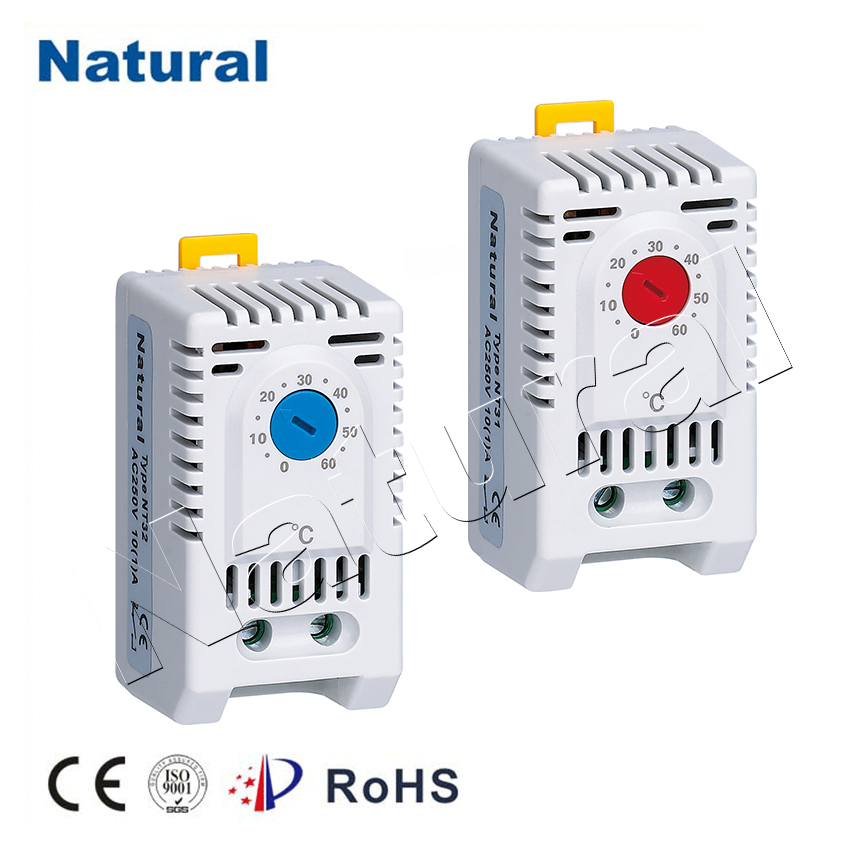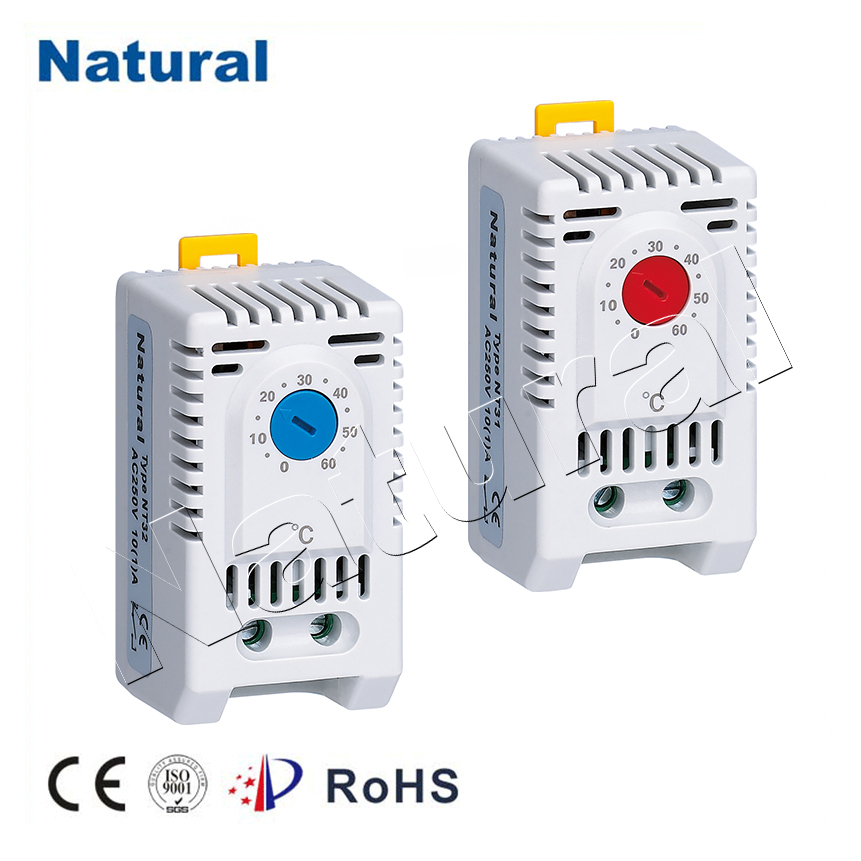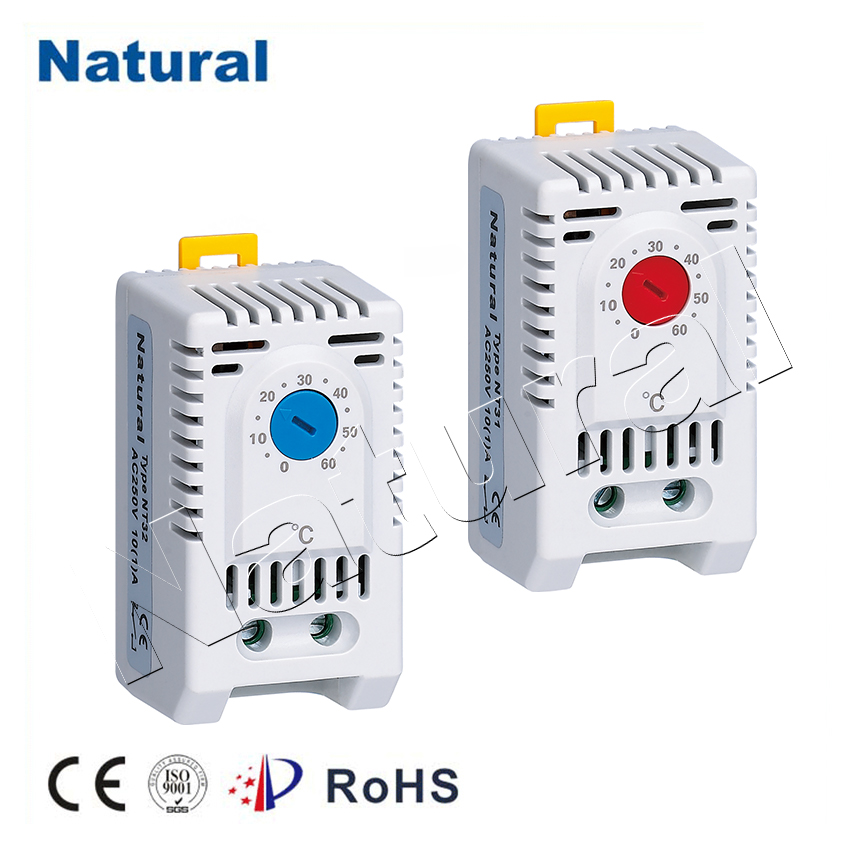DIN thermostats are essential components in temperature regulation systems, widely recognized for their reliability and precision in various industrial and residential applications. The term “DIN” refers to the Deutsches Institut f√ºr Normung, which is the German Institute for Standardization. This standardization ensures that DIN thermostats adhere to specific dimensions and electrical characteristics, making them compatible with a wide range of equipment. In this article, we will delve into the functionality, types, applications, and benefits of DIN thermostats.

What is a DIN Thermostat?

A DIN thermostat is a temperature-sensitive device designed to control and maintain specific temperature levels within a system. It operates on the principle of expanding and contracting materials in response to temperature changes, allowing it to open or close electrical contacts and regulate power flow to heating or cooling devices. DIN thermostats can be found in various designs and configurations, making them suitable for diverse applications. Key Features of DIN Thermostats Standardization: One of the primary advantages of DIN thermostats is their standardized design. The dimensions, mounting holes, and electrical connections conform to DIN standards, ensuring compatibility with various equipment and systems.

Leave a Reply